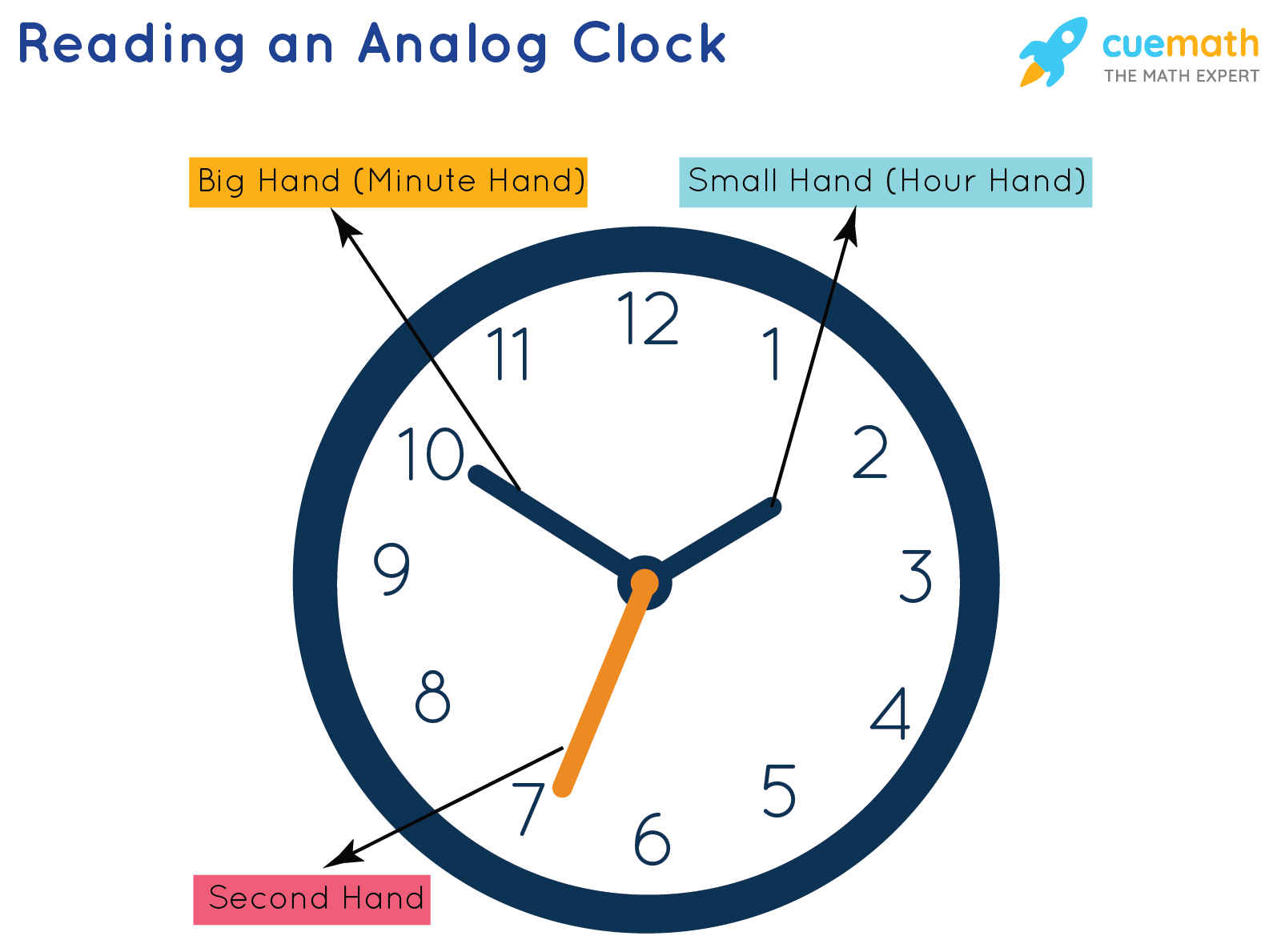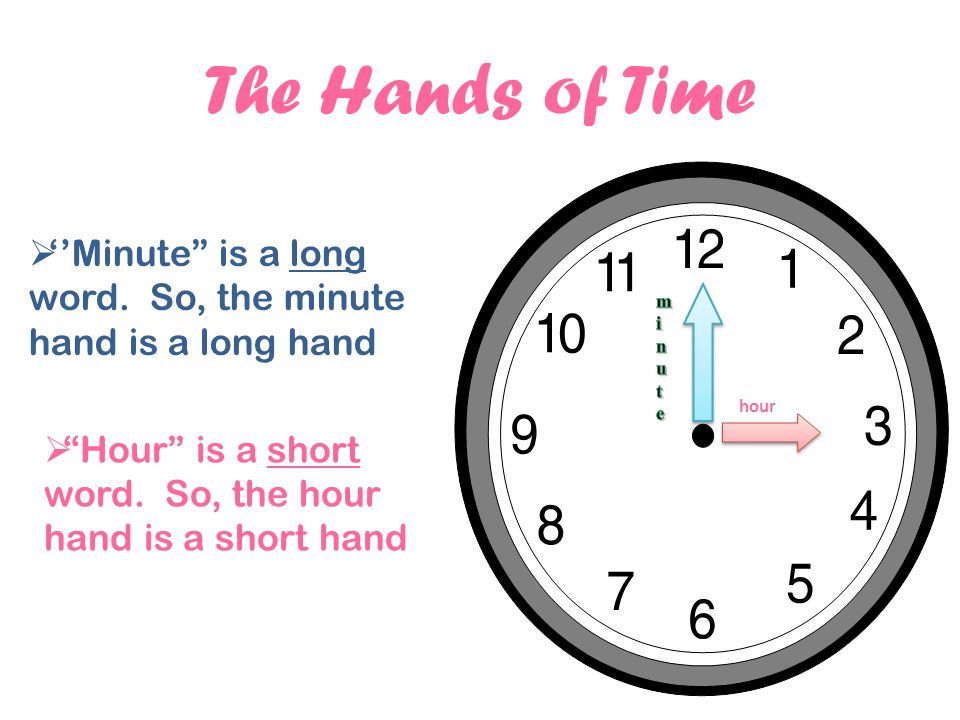What Does the Big Hand on the Clock Mean?
The ticking of a clock is a constant reminder of the passage of time. Whether it's a small wall clock or a grandiose tower clock, they all have two hands - the big hand and the small hand. In this article, we will explore the significance of the big hand on the clock and its meaning in relation to timekeeping. Understanding the purpose of the big hand will help you interpret time more accurately and efficiently. So, let's dive in and uncover the mystery behind the big hand on the clock.

Clock
1. The Anatomy of a Clock:
To comprehend the meaning of the big hand, we first need to understand the basic structure of a clock.
Typically, clocks consist of a circular face with numbers or Roman numerals representing the hours.
The face also features two hands, one shorter and one longer.
The shorter hand is known as the hour hand, while the longer hand is referred to as the minute hand.
Together, they work in harmony to indicate the time.
2. The Role of the Big Hand:
The big hand, also known as the minute hand, plays a crucial role in timekeeping.
It represents the minutes that have passed since the start of the hour.
As the longer hand on the clock face, it moves continuously in a clockwise direction, indicating the progression of time in minutes.
3. Measuring Minutes:
Each complete rotation of the big hand around the clock face signifies 60 minutes or one hour.
The big hand moves in proportion to the hour hand, which indicates the hour of the day.
By observing the position of the big hand in relation to the hour hand, you can determine the exact time.
4. Precision and Accuracy:
The big hand's length is designed to provide better precision when reading time.
Its longer length allows for more detailed measurements, making it easier to estimate time intervals between minutes.
This precision is especially helpful when timing events or scheduling activities.

Clock
5. Different Types of Clocks:
While the concept of the big hand remains the same, clocks can come in various forms and designs.
From traditional analog clocks to digital clocks, each type has its own way of representing time.
In analog clocks, the big hand is physically visible and rotates around the clock face. In digital clocks, the minute digits change every minute, replicating the movement of the big hand.
6. Common Misconceptions:
Despite its fundamental role in timekeeping, the big hand can sometimes lead to misconceptions.
One common misconception is that the big hand represents hours rather than minutes.
This confusion can arise, especially in young children who are learning to read analog clocks.
Educating individuals about the accurate interpretation of the big hand is crucial to avoid any misunderstandings.
7. Importance in Daily Life:
The big hand on the clock is not just a mechanical component; it has significant implications in our daily routines.
From managing appointments and meetings to catching a train or bus, understanding the big hand's movement helps us stay punctual and organized.
It keeps us aware of the time passing by and reminds us to make the most of each moment.
In conclusion, the big hand on the clock represents the passage of minutes and plays a vital role in timekeeping. Its continuous movement around the clock face allows us to measure time with precision and accuracy. Understanding the significance of the big hand helps us interpret time more efficiently and effectively manage our daily activities. So, next time you glance at a clock, take a moment to appreciate the big hand and its role in keeping us in sync with the world around us.